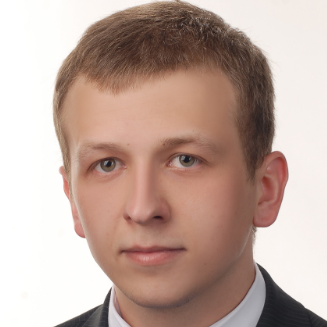
Adrian Ziomek
Work place: Department of Computer and Control Engineering, Rzeszow University of Technology Wincentego Pola 2, 35-959 Rzeszow, Poland
E-mail: adziomek@gmail.com
Website:
Research Interests: Computational Engineering, Software Engineering, Computer systems and computational processes, Neural Networks, Image Compression, Image Manipulation, Image Processing
Biography
Adrian Ziomek, born in 1991. He completed his M.Sc. Eng. degree from Department of Computer and Control Engineering at the Rzeszow University of Technology in 2015. Currently he is a software developer. His interests include software engineering, mobile systems, neural computing, multimedia and digital image processing.
Author Articles
Evaluation of Interest Point Detectors in Presence of Noise
By Adrian Ziomek Mariusz Oszust
DOI: https://doi.org/10.5815/ijisa.2016.03.03, Pub. Date: 8 Mar. 2016
Detection of repeatable keypoints is often one of the first steps leading to obtain a solution able to recognise objects on images. Such objects are characterised by content of image patches indicated by keypoints. A given image patch is worth being described and processed in further steps, if the interest point inside of it can be found despite different image transformations or distortions. Therefore, it is important to compare keypoint detection techniques using image datasets that contain transformed or noisy images. Since most of detector evaluations rely on small datasets or are focused on a specific application of compared techniques, in this paper two large datasets which cover typical transformations, as well as challenging distortions that can occur while image processing, are used. The first dataset contains 200,000 transformed images, and it has been prepared for the purpose of this study. The second dataset, TID2013, is widely used for perceptual image quality assessment; it contains 3,000 images with 24 distortions. Finally, interest point detectors are evaluated on four datasets, and repeatability score and time of detection are used as measures of their performance.
[...] Read more.Other Articles
Subscribe to receive issue release notifications and newsletters from MECS Press journals